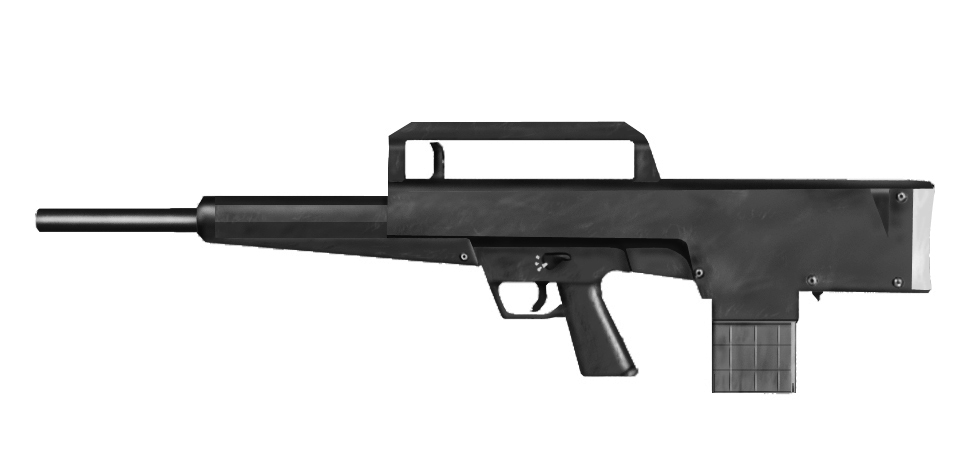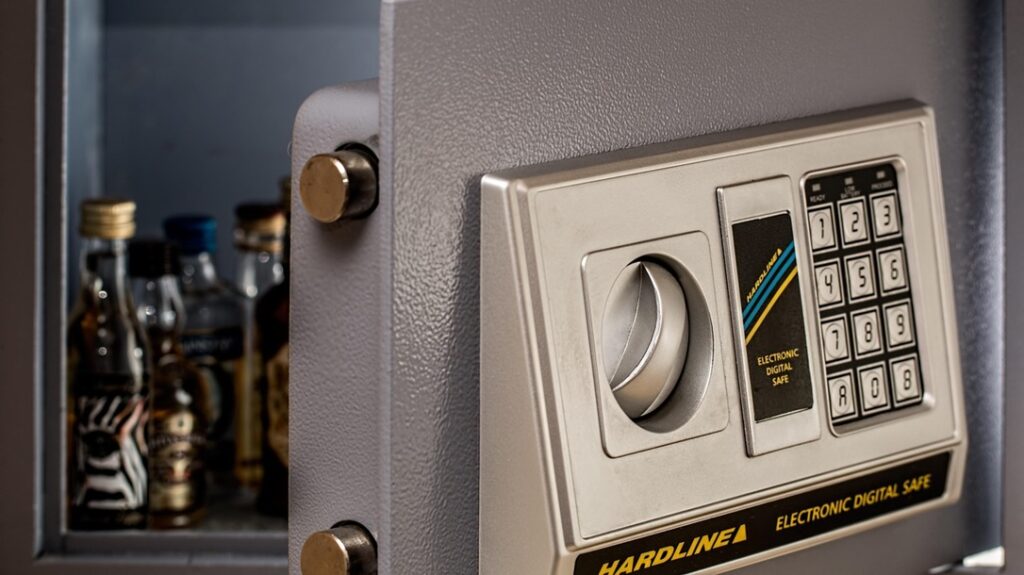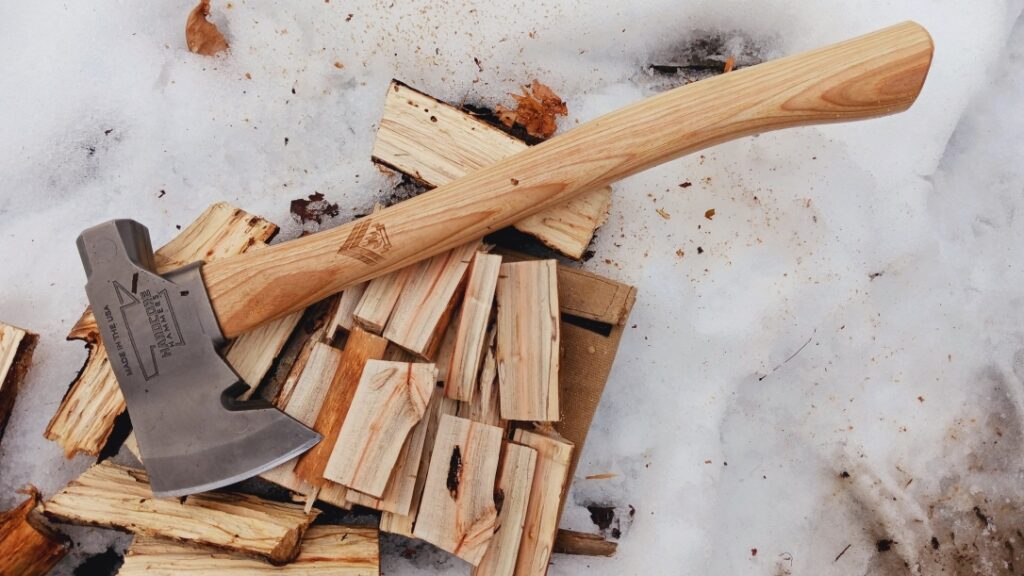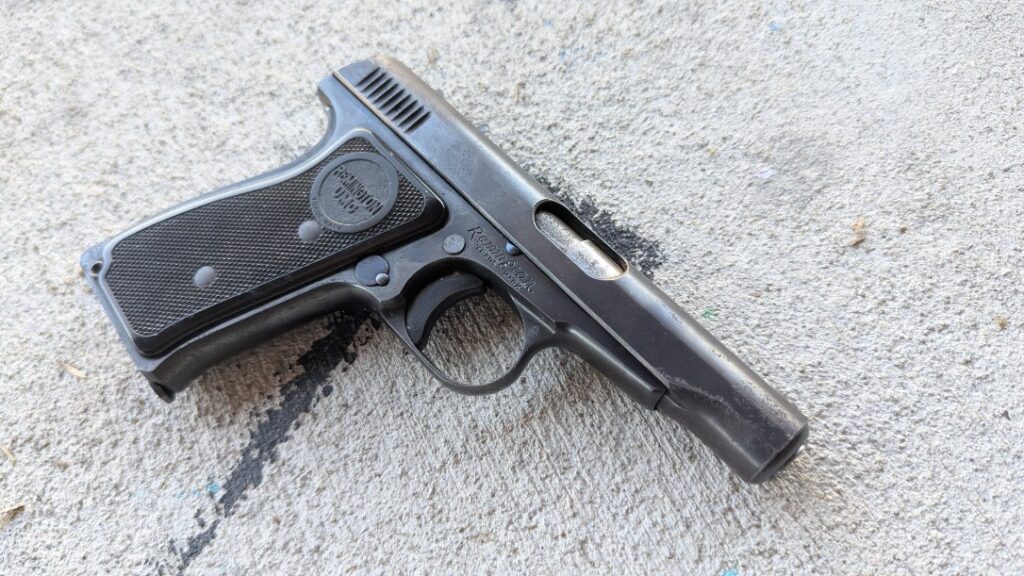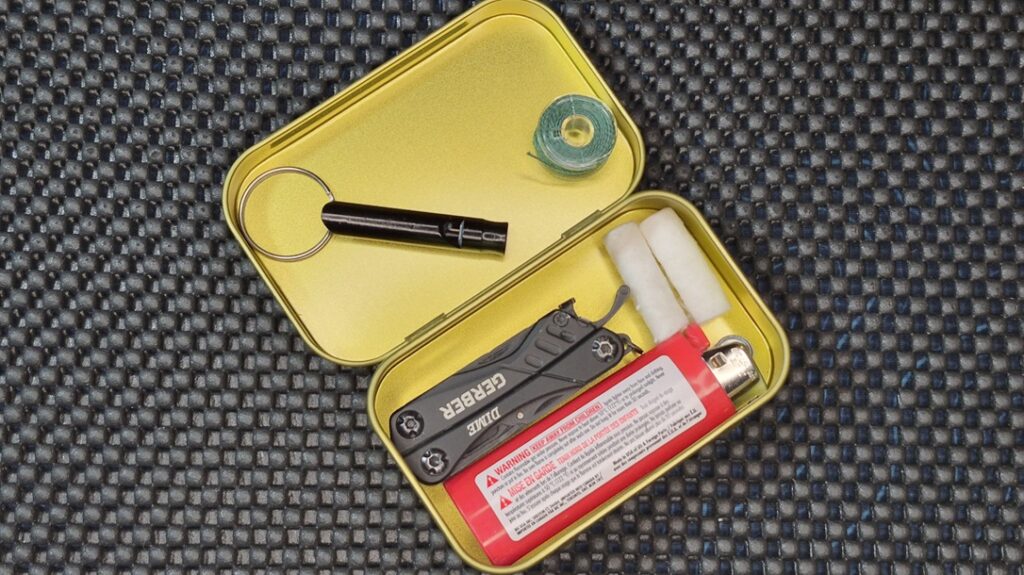Assault shotgun sounds like a term made up by a politician from the northeast, but there was a time when the term meant something—or kind of meant something. The DoD and later the Joint Service Small Arms Program would try for years to achieve a select-fire shotgun that would be the ultimate close-quarters weapon. The reasons why such a weapon was needed were a bit murky, but we know it started in Vietnam. This is where we can find the origin of the military’s use of full-auto shotguns.
Assault Shotguns And Running in the Jungle
I’ve never had to participate in jungle warfare, and I’m thankful for that. Seeing photos of the Vietnam jungle makes me feel claustrophobic. The combat was surprisingly close, but the enemy was tough to see. Thick jungle seems like a total nightmare to fight in. Shotguns became fairly valuable tools for jungle combat.
In the context of jungle combat, a variety of shotguns and ammunition were fielded, including the Ithaca 37s, Remington 870s, Winchester Model 12s, and even the Winchester Model 1897s. The choice of ammunition was equally diverse, ranging from nine pellet 00 buckshot to twenty-seven pellet No. 4 buckshot.
Advertisement — Continue Reading Below
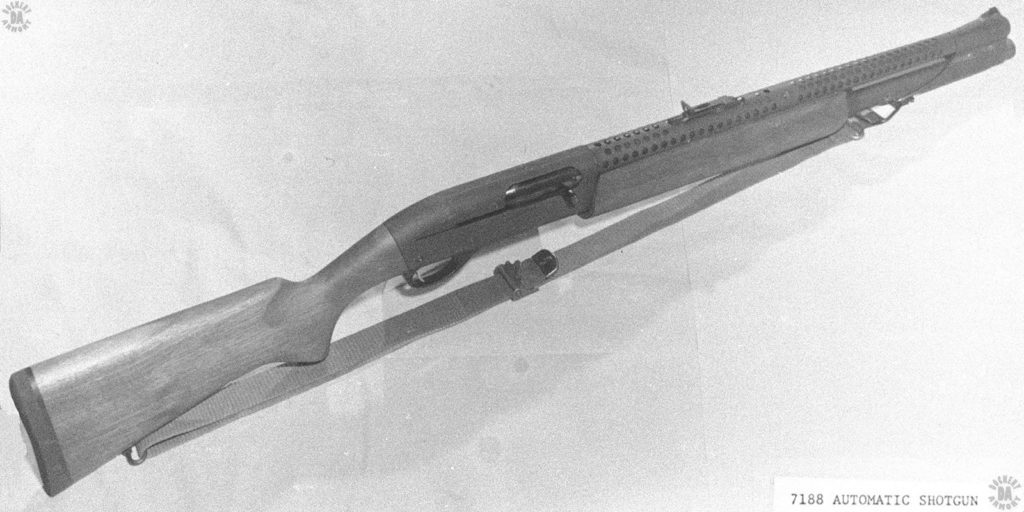
The ability to discharge multiple pellets with a single trigger pull significantly increased the hit potential in the dense jungle. The military had long focused on this concept of multi-projectile firing, as evidenced by its decades-long Project Salvo.
The newly formed SEALs, in particular, wanted more shotgun firepower. This led to the development of the Remington 7188, which might be the first assault shotgun. It’s a selective-fire Remington 100 fed from a seven-round tube. Several variants were made, and the SEALs reportedly liked the idea but found the recoil to be too intense.
Advertisement — Continue Reading Below
A seven-round burst would quickly empty the gun, and reloading it would take more than a moment due to the tube-fed design. This led to the request for a more modern full-auto shotgun. Shotgun fan and Naval Surface Warfare Center engineer Carroll Childers took up the task. Childers had previously designed a mag-fed Remington 870 and brought that same idea to something called the Special Operations Weapon, or SOW.
The SOW – A True Assault Shotgun
Carroll Childers was clearly a creative man. The SOW used a blow-forward operation and was full auto only. The gun had a cyclic rate of 200 rounds per minute and was fed from a top-mounted 10-round magazine. The SOW lacked a stock and instead had a forward and aft pistol grip. The gun was designed to be fired from the hip.
At first, that sounds silly, but it makes a bit more sense when you stop to think about it. First, the low cyclic rate helped make the gun controllable, or at least not as uncontrollable. The top-mounted magazines were necessary because 12-gauge ammo is bulky, and an under-mounted magazine would be obtrusive, difficult to wield, and probably difficult to load into the gun.
Advertisement — Continue Reading Below
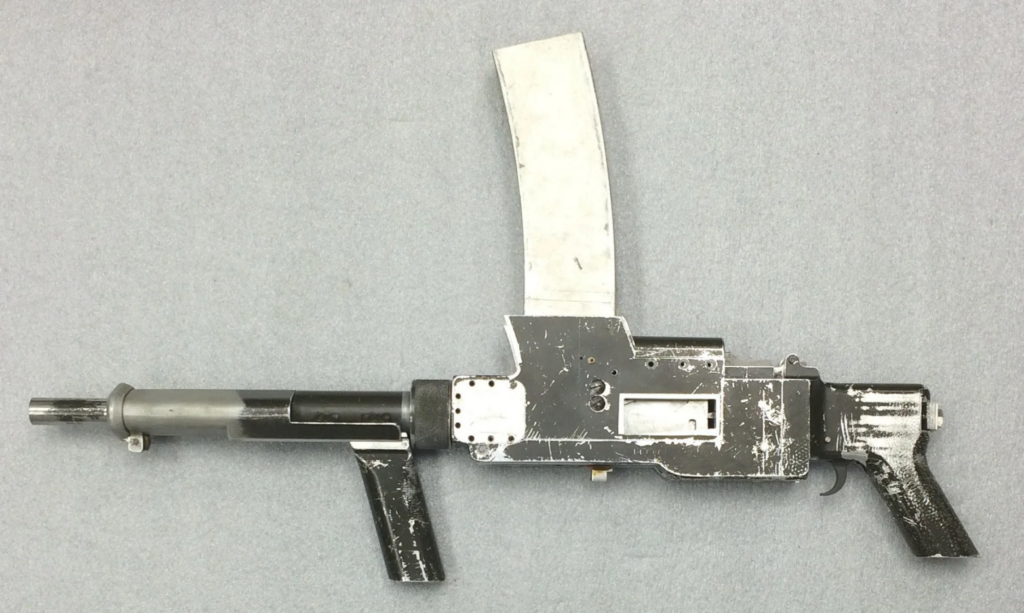
I’ve used 10-round mags for the VR-80, and it’s not easy. Being hip-fired likely made sense because the gun’s full auto recoil would carry it off target if aimed from the shoulder. It also helped keep the gun more compact, which might be a big selling point for troops in the jungle. Sadly, we never got to know if the idea worked because funding had been pulled before it could be fielded.
In an ambush situation, you could very quickly put down a lot of lead, and that is one of the keys to breaking an ambush. That role is the only one I’ve ever seen a purpose for the assault shotgun concept.
Advertisement — Continue Reading Below
RHINO and CAWS
Years later, the newly formed Joint Service Small Arms Program(JSSAP) was making a mess of the XM9 program, and the American military decided that it needed a more modern combat shotgun. They tapped Childers, and the Navy led the program. It went from SOW to RHINO. RHINO stood for Repeating Hand-held Improved Non-Rifled Ordnance.

They didn’t just want an assault shotgun; they wanted a platform that could fire a wide variety of munitions. This included buckshot, flechettes, signal flares, explosive rounds, and even tear gas rounds. Not much happened in terms of development, and the name went from RHINO to Multipurpose Individual Weapon and finally to Combat Shotgun.
Advertisement — Continue Reading Below
With each name change, the purpose became more obscure. Finally, they decided they didn’t want a multipurpose weapon, just a shotgun. The name finally landed on the Close Assault Weapon System. The CAWS system would be the final incarnation of the assault shotgun program.
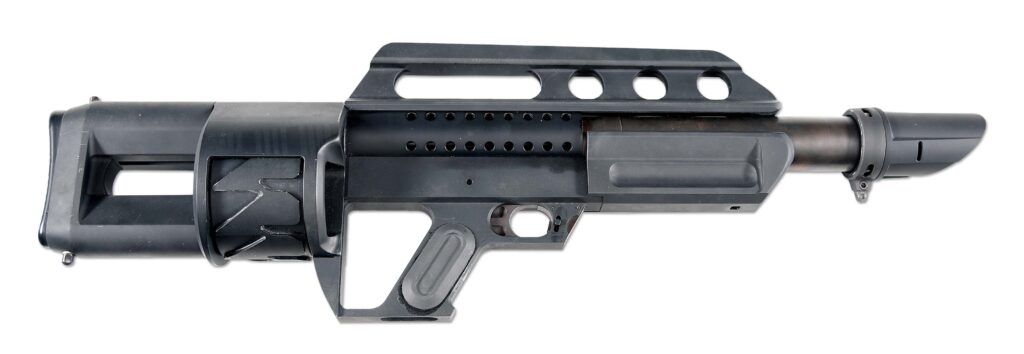
The CAWS went the furthest. HK and AAI developed competing guns. HK used a bullpup design, and AAI used something more akin to an M16. S&W developed the AS or Assault Shotgun, and a little company called Pan Associates planned to enter a gun that didn’t quite exist into the competition. The contest called for a noncommercial proprietary 12 gauge cartridge, and HK and Olin teamed up to win the contest.
Advertisement — Continue Reading Below
The HK CAWS remained in a testing period for years, and eventually, the program was canceled.
The End of the Assault Shotgun
By the end of the program, the purpose was so muddied and unclear that it was bound to fail. Who needed a select-fire, box-mag-fed shotgun? Yes, hindsight is 20/20, but even as a shotgun nut, I could look at the program with foresight and see that it’s silly.
Sure, a special-purpose shotgun design for close combat in the jungle makes sense to a degree, but with the advent and popularity of light machine guns, it becomes a little less necessary. The SEALs didn’t have a SAW in the 60s. Shotguns are niche weapons in warfare, and a full auto option just doesn’t make sense these days.
Sadly, the CAWS, Pancor Jackhammer, AA-12, and others will live only in later 1990s video games and FPS Russia videos.
Advertisement — Continue Reading Below
